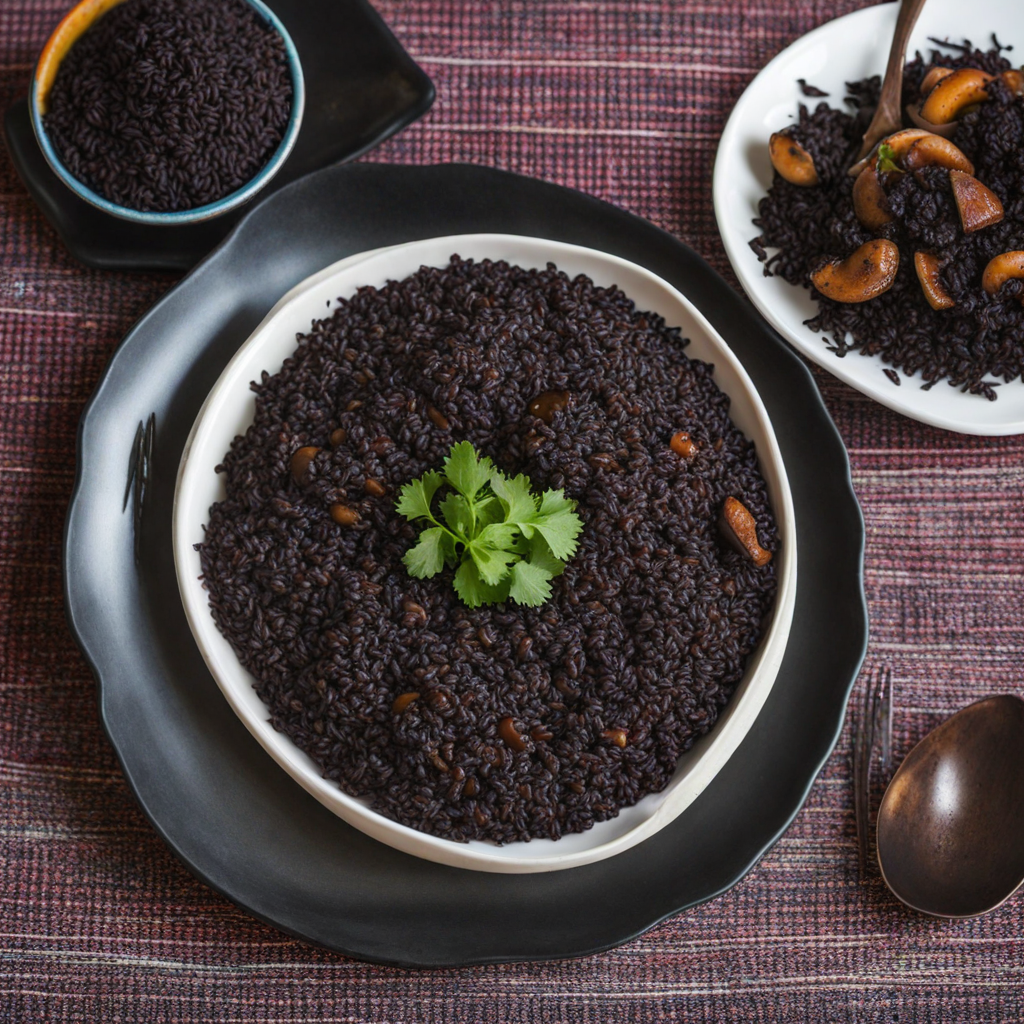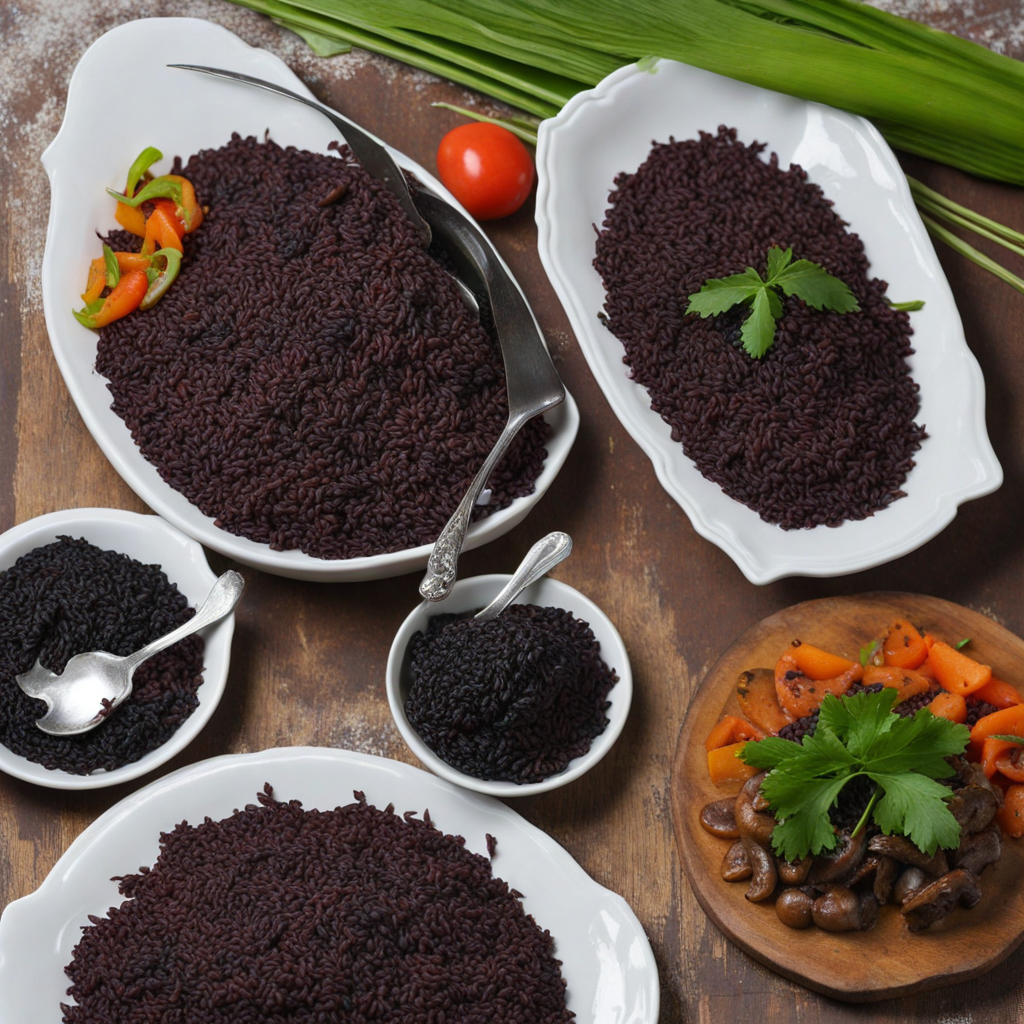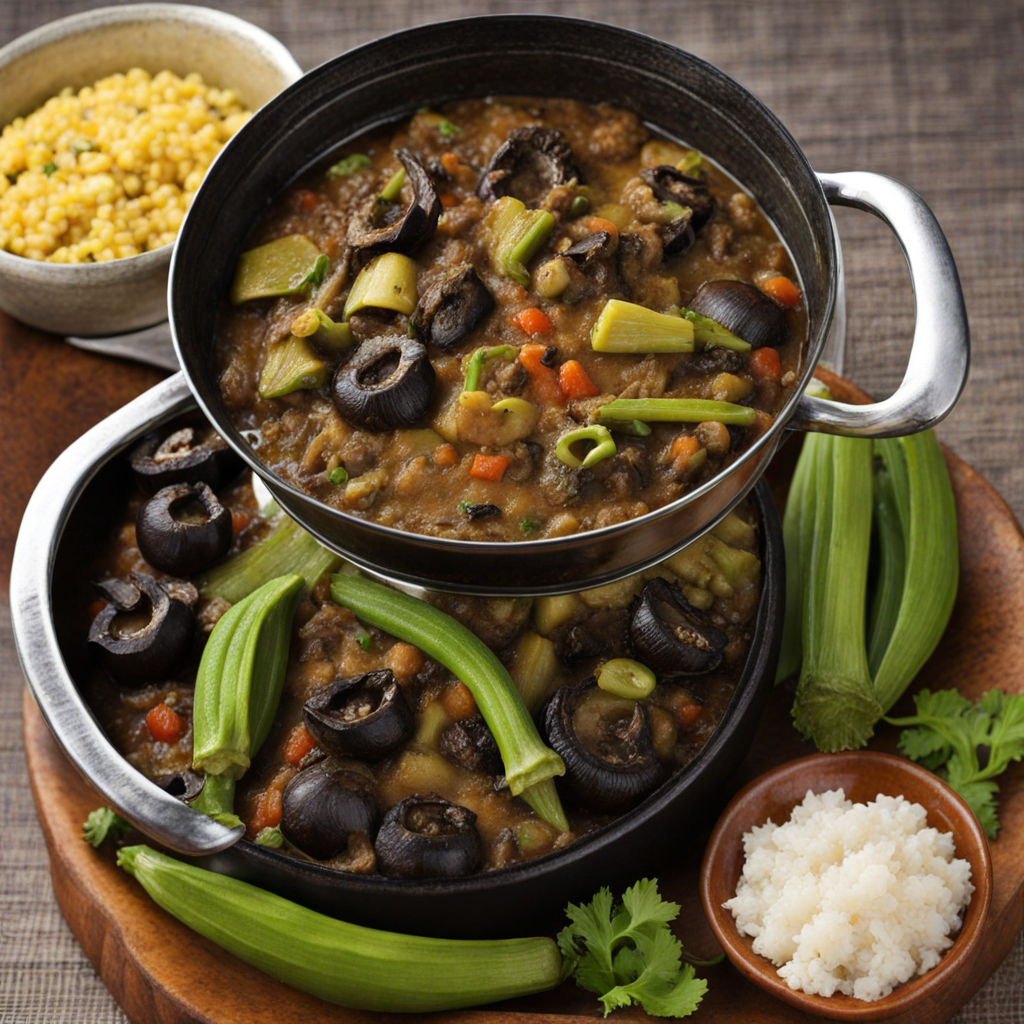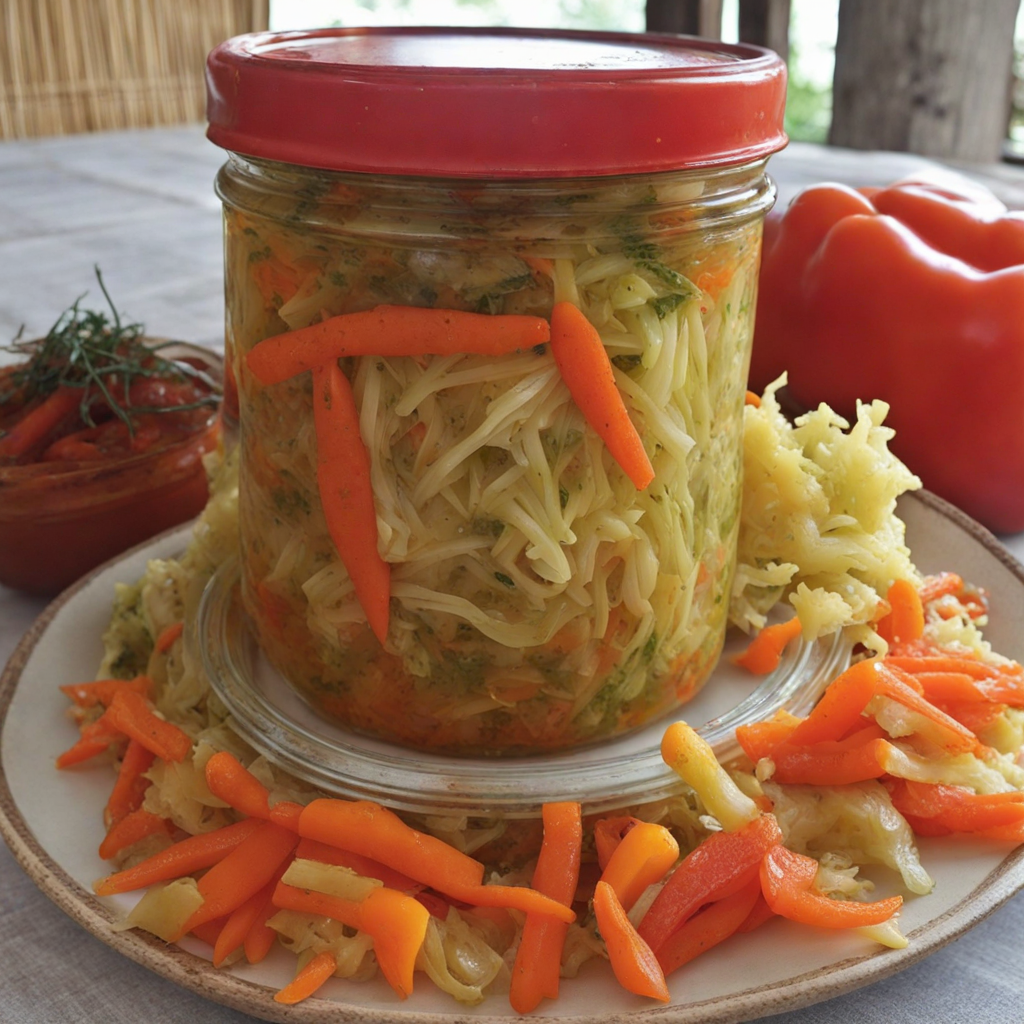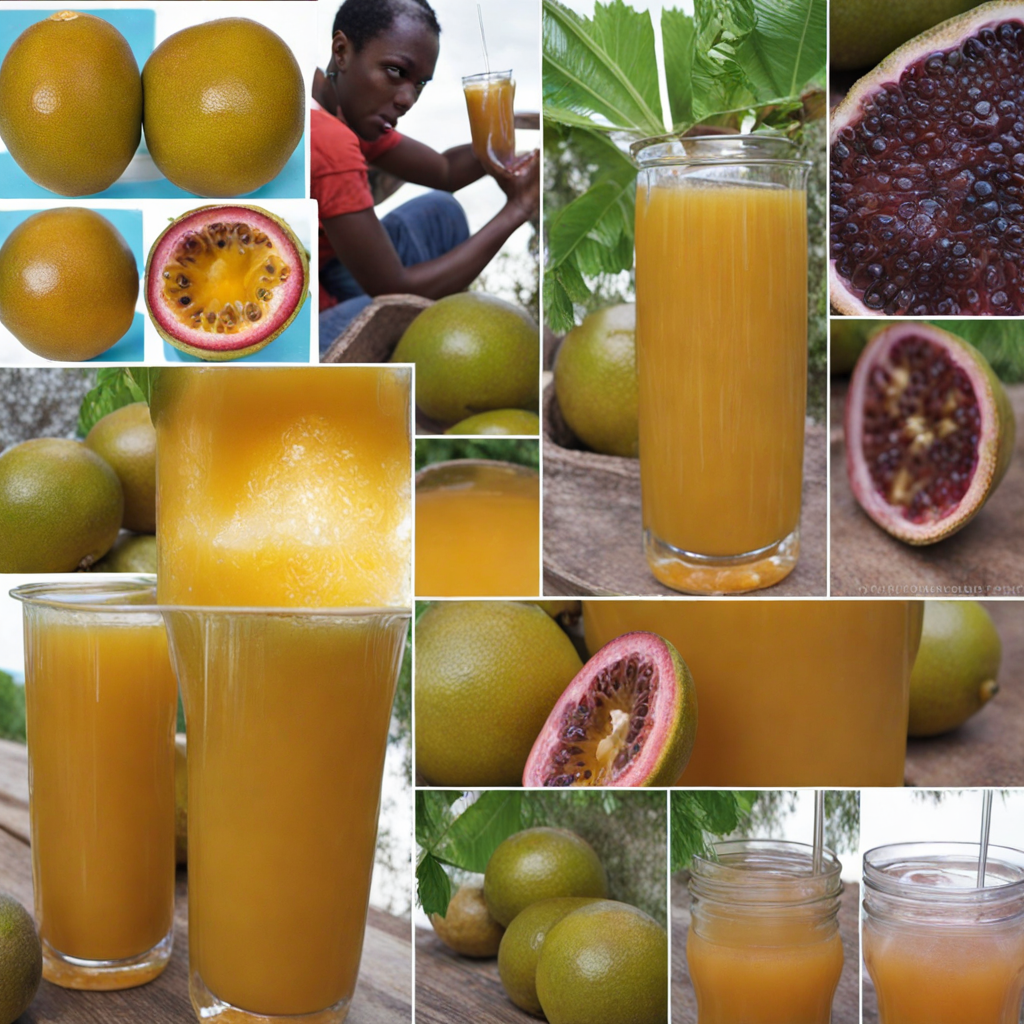Diri Djon Djon
Diri Djon Djon is a delightful and aromatic Haitian dish that showcases the unique flavors of the country’s culinary heritage. The star of this dish is the djon djon mushroom, a rare black mushroom that grows in the northern regions of Haiti. These mushrooms impart a rich, earthy flavor and a striking dark hue to the rice, creating a visually appealing and appetizing meal. The rice is often cooked with a blend of spices, including garlic, onions, and bell peppers, which enhance the overall taste and make it a fragrant centerpiece in any Haitian meal. Traditionally, Diri Djon Djon is prepared using long-grain rice, which is soaked and then cooked with the djon djon mushrooms that have been rehydrated in water. The cooking process allows the rice to absorb the deep, umami flavor of the mushrooms, resulting in a dish that is both hearty and satisfying. The addition of coconut milk is a common variation, providing a creamy texture that complements the earthy notes of the djon djon, while also adding a touch of sweetness to the dish. This dish is often served alongside a variety of proteins, such as fried plantains, grilled fish, or stewed meats, making it a versatile option for any meal. Diri Djon Djon not only represents the rich culinary traditions of Haiti, but it also offers an exciting opportunity for food lovers to explore the distinctive flavors of Haitian cuisine. Whether enjoyed at a festive gathering or a casual family dinner, this dish is sure to leave a lasting impression on those who taste it.
How It Became This Dish
The History of Diri Djon Djon: Haiti’s Culinary Treasure Haitian cuisine is a vibrant tapestry woven from the threads of its complex history, diverse cultures, and the rich resources of its land. Among the myriad dishes that define this culinary landscape, *Diri Djon Djon* stands out as a unique and flavorful representation of Haiti’s heritage. This dish, made with black mushrooms known as *djon djon*, is not just a meal; it embodies the spirit of the Haitian people and their connection to the land, culture, and history. #### Origins of Diri Djon Djon The origins of *Diri Djon Djon* can be traced back to the indigenous Taíno people, who inhabited the island of Hispaniola long before European colonization. The Taíno cultivated a variety of local crops, including rice, which they introduced to the island. However, it was the arrival of enslaved Africans in the 17th and 18th centuries that truly transformed Haitian culinary practices. These enslaved individuals brought with them their food traditions, cooking techniques, and an array of ingredients that would eventually meld with Taíno and French influences to create what we now recognize as Haitian cuisine. The *djon djon* mushroom, scientifically known as *Pleurotus ostreatus*, is a black fungus that grows in the moist, tropical forests of Haiti. It is endemic to the region and has been a part of the local diet for centuries. The use of *djon djon* in cooking reflects the resourcefulness of the Haitian people, who have historically relied on local ingredients. The mushroom has a distinctive earthy flavor that adds depth to dishes, making it a prized ingredient in the Haitian kitchen. #### Cultural Significance *Diri Djon Djon* is more than just a dish; it is a symbol of Haitian identity and resilience. Rice is a staple food in many cultures, but in Haiti, it carries particular significance. It is often associated with family gatherings, celebrations, and communal meals. In the context of *Diri Djon Djon*, the dish is frequently served during special occasions such as weddings, holidays, and religious ceremonies. Its preparation is often a communal affair, bringing families and friends together, reinforcing bonds and shared heritage. The preparation of *Diri Djon Djon* involves a careful process that symbolizes the care and attention that Haitians put into their food. The black mushrooms are rehydrated and used to infuse the rice with their deep flavor. The dish is typically seasoned with a variety of spices and often accompanied by meat or seafood, further enriching its taste. The act of cooking together often fosters a sense of unity, highlighting the importance of food as a medium for connection and expression within the Haitian community. #### Development Over Time Throughout its history, *Diri Djon Djon* has evolved, reflecting the dynamic nature of Haitian culture and culinary practices. The dish has absorbed influences from various sources, including French, West African, and Caribbean cuisines. The French colonial period had a profound impact on Haitian cooking, introducing techniques such as sautéing and the use of butter, which have found their way into many traditional dishes. However, *Diri Djon Djon* retains its distinctive character, showcasing the unique flavors and ingredients of Haiti. In contemporary times, *Diri Djon Djon* has gained recognition beyond Haiti’s borders. With the Haitian diaspora spreading across the globe, the dish has found its way into international culinary scenes, being embraced by food enthusiasts and chefs alike. The quest for authentic flavors has led to a heightened appreciation for traditional Haitian ingredients, including the elusive *djon djon* mushroom. As a result, some chefs have begun to experiment with new interpretations of the dish, incorporating modern techniques while staying true to its roots. The growing interest in Haitian cuisine can also be seen in the rise of food festivals and cultural events that celebrate Haitian food and culture. These gatherings often feature *Diri Djon Djon* as one of the star dishes, allowing new audiences to experience the depth of flavor and cultural significance it embodies. This renaissance of interest in traditional Haitian foods has helped to preserve the culinary heritage of the nation and has sparked conversations about the importance of recognizing the contributions of Haitian culture to the global food landscape. #### Modern Interpretations and Sustainability As with many traditional dishes, *Diri Djon Djon* has also been subject to reinterpretation in light of modern dietary practices and sustainability concerns. The rise of vegetarianism and veganism has inspired chefs to create plant-based versions of the dish that maintain the essence of the original while catering to a broader audience. These adaptations often highlight the versatility of the *djon djon* mushroom, showcasing its ability to impart flavor and texture without relying on meat. Furthermore, there is a growing movement within Haiti and among the diaspora to promote sustainable farming practices, particularly regarding the cultivation of local ingredients. By focusing on sustainability, the Haitian culinary scene aims to protect the environment while ensuring that traditional dishes like *Diri Djon Djon* can be enjoyed by future generations. This emphasis on locality and sustainability not only honors the heritage of the dish but also addresses contemporary issues related to food production and consumption. #### Conclusion *Diri Djon Djon* is a dish steeped in history, culture, and community. Its origins reflect the melding of indigenous, African, and colonial influences that characterize Haitian cuisine. As both a staple and a celebratory dish, it encapsulates the spirit of the Haitian people—a testament to their resilience, creativity, and connection to the land. In a world increasingly focused on global cuisine and culinary fusion, *Diri Djon Djon* stands as a reminder of the importance of cultural heritage in food. Whether enjoyed in a bustling Haitian household, at a cultural festival, or in a modern restaurant, this dish continues to tell the story of a people who have turned the struggles of their history into a rich and flavorful culinary legacy. As it evolves, *Diri Djon Djon* remains a vibrant symbol of Haiti’s past, present, and future—a dish that nourishes not just the body, but the soul.
You may like
Discover local flavors from Haiti


